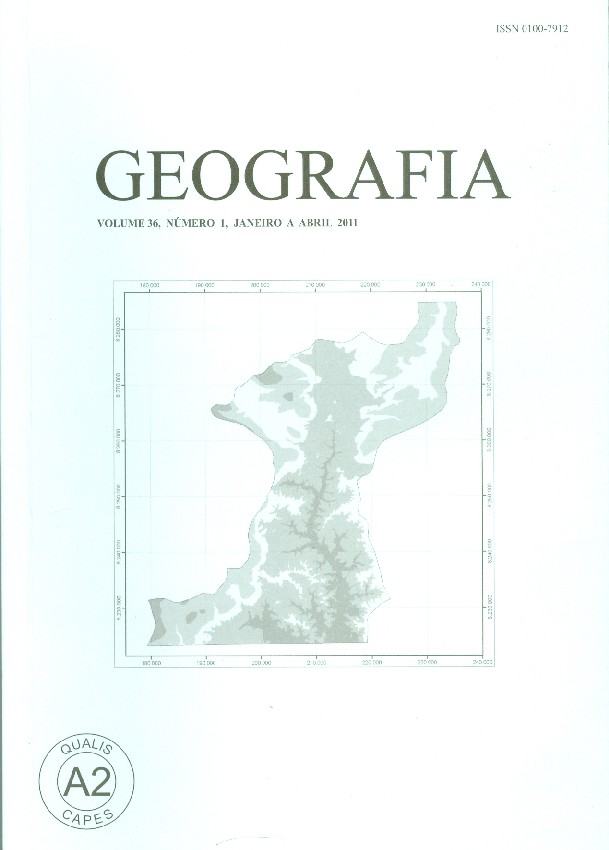ANÁLISE DE ÁREAS RESIDUAIS TÊXTEIS:O CASO DE AMERICANA/SP
Abstract
O objetivo deste estudo foi identificar e caracterizar áreas residuais têxteis em Americana/SP. Através de técnicas da Cartografia Digital, que permitiu a integração dos dados cadastrais à base cartográfica digital, elaborou-se um mapa temático da Indústria Têxtil. Assim, utilizando-se as informações do mapa temático têxtil, os bairros que abrangem as áreas têxteis abandonadas foram selecionados para a realização de trabalhos de campo. As visitas foram efetuadas utilizando-se o mapa relativo à indústria têxtil, um GPS de navegação e uma câmera digital, permitindo-se identificar e caracterizar 16 imóveis abandonados. Além desses imóveis ociosos, foi possível identificar 5 exemplos de imóveis que já tiveram a atividade têxtil, ficaram abandonados por um tempo e foram revalorizados, convertendo-os em espaços dinâmicos como academia de ginástica, casas comerciais e igrejas. Considerando-se que em Americana resta uma pequena parcela do território disponível para a ocupação, a identificação e a caracterização de áreas residuais são extremamente importantes para o município, disponibilizando informações sobre imóveis potenciais para a revalorização, otimizando-se o uso e a ocupação do solo. Palavras-chave: Mapa Temático. Áreas Residuais Têxteis. Revalorização. Planejamento Urbano. Analyse of residual textile areas: Americana´s case This study aims to identify and characterize residual textile areas in Americana, a city located in São Paulo state. Through techniques of Digital Cartography, which allowed the integration of cadastral data to the digital cartographic base, it was elaborated a thematic map about the Textile Industry. Thus, using information from this textile map, neighborhoods that cover abandoned textile areas were selected to conduct field work. The map on the textile industry, a GPS and a digital camera were used in the visits and they allowed us to identify and characterize 16 abandoned properties. In addition to these idle properties, it was possible to identify 5 examples of properties that have had textile activities, were stranded for a while and have been revalued being converted into dynamic spaces such as gyms, churches and business houses. Considering there is just a small portion of territories that are available for occupancy in Americana, the identification and characterization of residual areas are extremely important for the city, because they provide information on potential properties for the revaluing, optimizing the land use and occupation. Key words: Thematic Map. Residual Textile Areas. Revaluing. Urban Planning.Downloads
Published
Issue
Section
License
The authors maintain the copyright and grant GEOGRAFIA the right of first publication, with the articles simultaneously licensed under the Creative Commons BY 4.0 License, which allows sharing and adapting the articles for any purpose, as long as appropriate credits and provisions of image rights, privacy or moral rights. Other legal attributions can be accessed at: https://creativecommons.org/licenses/by/4.0/legalcode.en.
Geography, Rio Claro, SP, Brazil - eISSN 1983-8700 is licensed under the Creative Commons BY 4.0 License.





